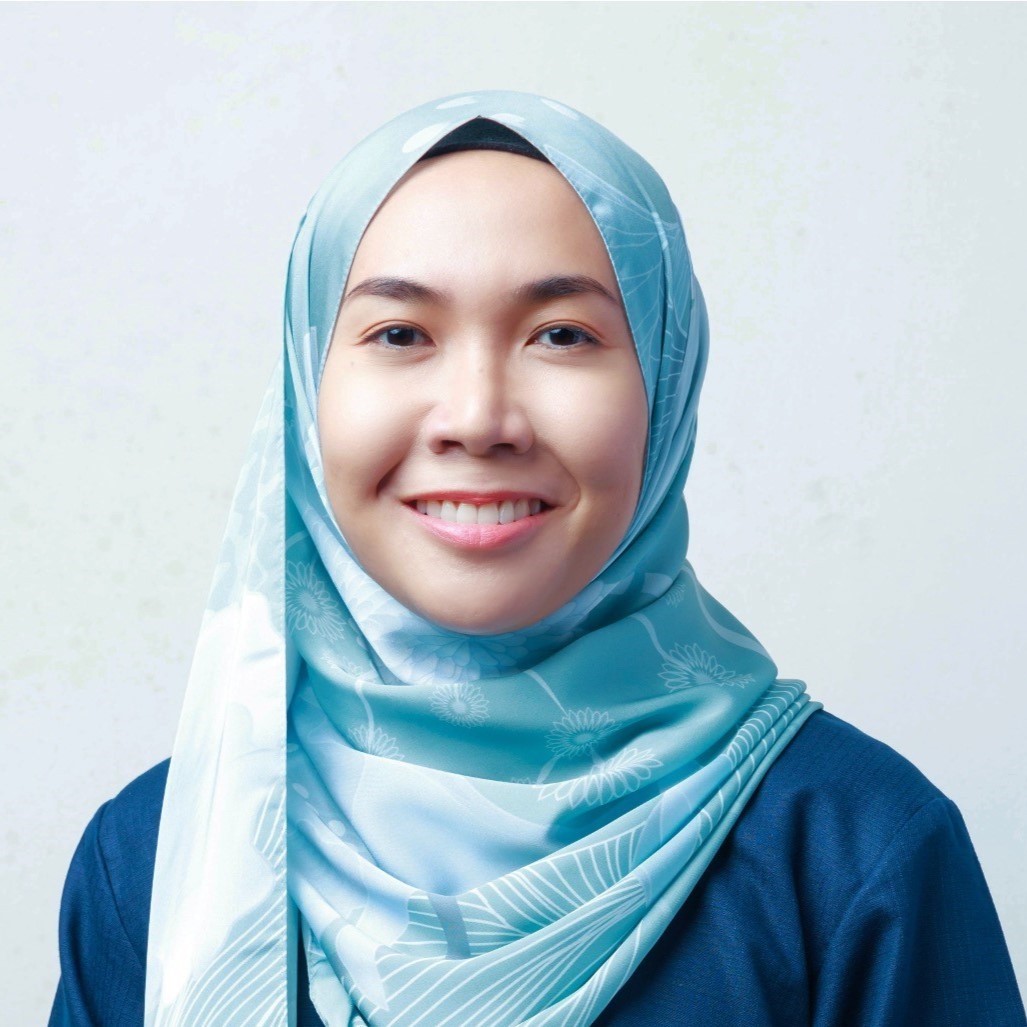By: Dr Nurul Aliaa Ahmad Fauzi, Dr Jessica Francis
Think of a rainbow’s spectrum of colours, with vibrant red at one end and calming violet at the other. In between, there are countless variations and shades of colour blending seamlessly.


Autism Spectrum Disorder (ASD) is similar. A developmental condition affecting how people process information and interact with the world, ASD exists on a spectrum. Just like the colours in a rainbow, some individuals with ASD experience the world in very noticeable ways, while others might have more subtle variations.
Globally, ASD affects a significant number of children. The Centers for Disease Control and Prevention (CDC) in the United States reports that roughly 1 in 36 children are diagnosed with ASD. Importantly, ASD transcends racial, ethnic, and socioeconomic boundaries, affecting individuals from all backgrounds. Boys are diagnosed with ASD nearly four times more frequently than girls.
However, in Malaysia, efforts are underway to establish comprehensive national data on ASD prevalence. A smaller-scale Ministry of Health study focusing on children aged 18 to 36 months identified a rate of 1.6 per 1,000 children, or roughly 1 in 625. This suggests a potential rise in ASD prevalence.
People with ASD might experience sensory sensitivities, like finding bright lights or loud noises overwhelming. They may also have social communication challenges, making it difficult to understand nonverbal cues or initiate conversations. And because autism is a spectrum, everyone experiences it differently.
This diversity extends to healthcare as well. Because ASD manifests in so many ways, there is likely no single cause. This also means there is no one-size-fits-all treatment, including orthodontic care. As more people understand ASD and there is better access to care for autistic individuals, it is likely more of them will seek braces treatment if they want it. However, the ideal approach to braces won’t be the same for everyone on the spectrum.
Autistic individuals may need braces for the same reasons as anyone else – to correct misaligned teeth or jaws. This misalignment can lead to difficulties with chewing, speaking, and even increase the risk of cavities and gum disease. While not always necessary, braces can improve oral health and aesthetics for some autistic patients.
Patients on the autism spectrum face unique challenges when undergoing orthodontic treatment. Sensory sensitivities can make the dental environment overwhelming. Bright lights, the whirring of drills, unfamiliar antiseptic smells, and the taste of dental materials can all be unpleasant and contribute to sensory overload. This overload can make it difficult for patients to relax and cooperate during procedures. Additionally, the constant presence of braces themselves can introduce new sensory challenges. The feel of metal against the lips and tongue, the pressure of adjustments, and potential irritation caused by the fixed braces can all be sources of discomfort for autistic individuals.
Social communication challenges can also arise. Some individuals with ASD may struggle to understand complex dental instructions or express discomfort or anxiety verbally. This can create difficulties for both the patient and the dental professional.
Motor skills vary greatly among autistic individuals. While some might have good coordination and dexterity, others might struggle with the fine motor skills needed for orthodontic care. These skills are crucial for tasks like using orthodontic elastics, inserting and removing retainers, and maintaining proper oral hygiene. This variation in motor skills can make it harder for some autistic patients to learn and perform these tasks effectively.
Despite the challenges above, autism itself does not disqualify someone from braces treatment.
Creating a comfortable and predictable environment can make a big difference. Dental professionals can achieve this by using calm communication styles, clear and concise language, and allowing ample time for processing information. Offering headphones with chosen music can minimise loud noises, while providing sunglasses can help reduce discomfort from bright lights. Appointments scheduled during non-peak hours can further minimise stress by reducing crowds and waiting times. Regular check-ups are essential to monitor progress and address any concerns throughout the treatment journey.
In the past, dentists often used a squishy, cold material called ‘alginate’ to take moulds of teeth. This process could be uncomfortable for some patients, especially those with autism. The coldness, artificial taste, and the need to hold the material still in the mouth for a while could trigger anxiety and sensory overload. Now, many dental professionals use digital oral scanners instead. These scanners are like handheld cameras that take a quick picture of the teeth, creating a 3D model on the computer, making the process faster and more comfortable for patients with autism.
Treatment aims can be modified and options are tailored to individual needs. Removable braces or clear aligners might be a better alternative for some patients with sensory sensitivities compared to traditional fixed braces. These options can minimise discomfort by eliminating hardware placement, simplifying oral hygiene, and reducing irritation to the gums and mouth.
To ensure optimal care, integrating orthodontic assessments into routine check-ups for early identification of dental issues can be considered. Collaboration among the orthodontist, special care dentist, patient, and caregiver is crucial. This team approach allows for a personalised treatment plan that addresses physical limitations, communication needs, and the overall well-being of the autistic patient.
Unfortunately, braces aren’t just a short-term commitment. Retainers are typically required after braces treatment for long-term wear, often for life, to ensure the beautiful new smile stays that way. This introduces a new responsibility for the autistic individual to manage their oral hygiene routines and faithfully wear their retainers as instructed. Consistent retainer use is crucial to prevent teeth from shifting back to their original positions after all the hard work of braces.
Therefore, it is understandable why some parents with autistic children might wait until their children are older to consider braces. This allows time for them to develop the necessary maturity and motor skills to care for their teeth properly throughout treatment and beyond, especially when it comes to consistent retainer use. However, this decision should be made on
a case-by-case basis, considering the individual’s needs and preferences, as well as the severity of any misalignment.
World Autism Awareness Day on 2nd of April, reminds us of the importance of celebrating neurodiversity and creating welcoming environments in dental care, especially for autistic individuals. Open communication is key, allowing them to feel heard and understood throughout the orthodontic process. Ongoing education for dental professionals, coupled with financial support from institutions, can ensure a positive experience that respects their unique needs.
If you have autism or are considering braces for someone you care for with autism, don’t hesitate to schedule a consultation with a dental specialist experienced in treating autistic patients. A quick call to the clinic can confirm if they offer an autism-friendly environment. These specialists can then assess your specific needs and discuss the various treatment options available.
……
The authors are dental lecturers at the Department of Paediatric Dentistry and Orthodontics, Faculty of Dentistry, Universiti Malaya They may be reached at aliaafauzi@um.edu.my and jessicafrancis@um.edu.my, respectively.







Leave a comment